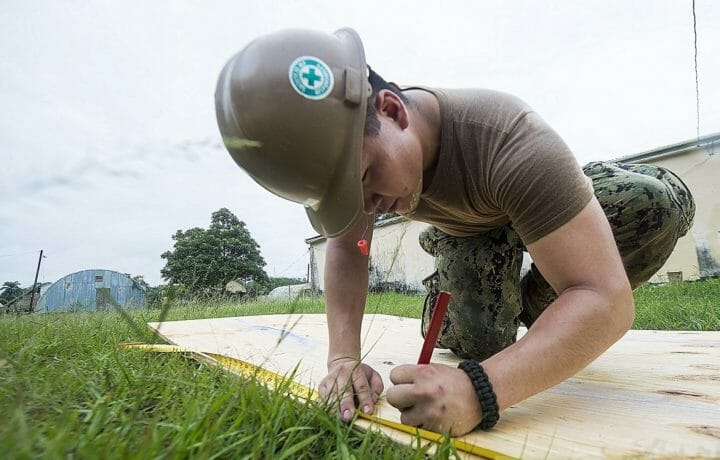For the last few decades, the push for high school graduates has been to go to college and get at least a bachelor’s degree. At the time, that was sound advice, but now the pendulum is starting to swing the other way – getting a blue-collar job that requires some vocational or technical schooling, but less than a four-year degree. Blue collar jobs are classified as jobs in the following industries: manufacturing, transportation and utilities, wholesale and retail trade, natural resources, and construction.
Why the change? For one, an increase in what blue-collar jobs pay – some pay almost as much or more than positions requiring a four-year degree. Second, there is an increase in the number of jobs available. The U.S has about 30 million jobs that don’t require a bachelor’s degree that pay on average $55,000 per year.
With the cost of a college education skyrocketing, many Americans are questioning whether it is worth going thousands of dollars, and sometimes a hundred thousand or more, into debt to get a 4-year degree. And to make matters even worse, 44% of college graduates work jobs after graduating that don’t require the bachelor’s degree they went into debt to get. For some, it was a bad choice of degree fields; after all Art History or Philosophy might be fun to take, but the jobs in these career fields are limited.
And for high school graduates that joined the military right out of high school, they may not want to spend the next four years after getting out going to school. Instead, they could use their GI Bill to pay for a course between six weeks and 18 months that will get them into a good paying job quicker. Getting trained and in the field working quickly is important to many servicemembers getting out, as they have a family to support. Getting a large enough paycheck to support their family coming in as soon as possible is a primary consideration.
For example, right now it costs around $15,440 to learn how to be a welder compared to $175,000 to get an undergraduate degree. And journeyman welders earn $36,480 starting wage right out of school. And the welder spent one year in school compared to the college student’s four.
Currently there is around a 200,000-welder shortage in America. The American Trucking Association reports there is a shortage of 60,000 drivers right now and they expect that figure to top 100,000 in a few years with many of today’s drivers approaching retirement. During the last couple of years, in an effort to recruit more drivers into the transportation industry, many of the trucking companies boosted their driver pay. On average drivers today can make $60,000 per year and get their Commercial Driver’s License (CDL) in as little as six weeks (the GI Bill will pay for the training for veterans).
Veterans, if you like jobs where you can work with your hands and that get you out working in your field quickly, choosing a job in one of the blue-collar fields may be just the ticket for you. And starting there doesn’t mean you have to stay there forever. You can always use the rest of your GI Bill later to work online toward a degree that would qualify you to move higher in your chosen career field. For example, later on in his/her career, our welder could get a degree in mechanical engineering (paid for in part by the GI Bill) and learn how to design the projects s/he is currently welding together.
If you have a security clearance from your military service, you could make even more money in a blue collar career field. Government agencies and civilian contractors alike need blue collar cleared workers to do everything from repair HVAC equipment in cleared facilities to cleared construction workers to build sensitive facilities.




